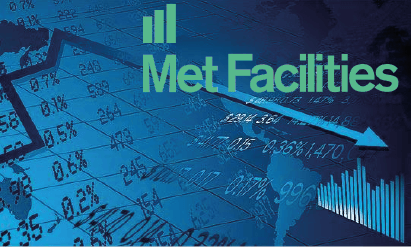PRA Consultation Paper impacts those Regulated Firms undertaking Algorithmic Trading
Consultation Paper 5/18: Algorithmic trading (CP5/18) has been published by the PRA and impacts those Regulated Firms undertaking Algorithmic Trading….
Consultation Paper 5/18: Algorithmic trading (CP5/18) has been published by the PRA and impacts those Regulated Firms undertaking Algorithmic Trading within scope of the Capital Requirements Regulation, already subject to the Rules in the Algorithmic Trading section of part of the PRA Rule Book (Firms).
The Consultation sets out the expectations in respect of Firms’ Governance and Risk Management of Algorithmic Trading. The PRA proposes a new Supervisory Statement on Algorithmic Trading, including a draft within Appendix to CP5/18. The new framework will apply to all Algorithmic Trading activities of a Firm including Unregulated Financial Instruments.
Firms adhering to the proposed expectations would promote their own safety and soundness via appropriate (and evidenced) Governance and Risk Management for Algorithmic Trading. The draft Supervisory Statement includes the following topics:
- Governance: With a Firm’s Governing Body explicitly approving the Governance Framework for Algorithmic Trading, with its Management Body identifying the relevant Senior Management function with responsibility for Algorithmic Trading
- Firm’s Algorithmic Approval Process – Including a robust Algorithm Approval Process and a suite of Minimum Risk Controls
- Inventories and documentation: Firms must maintain Algorithm and Risk Control Inventories
- Risk Management and Other System and Control Functions – Demonstrating and understanding and oversight over the Algorithmic Trading risks. Risk management should be able to challenge existing Risk Controls and impose further Controls on Algorithmic Trading where necessary
- Testing and Deployment: The scope of Algorithm Testing should include all relevant Risk and Control functions and be carried out a frequency, and with a level of rigour, commensurate with Firm’s Risk Profile
Deadline for comments is 07 May 2018. It is intended that once finalised the new Supervisory Statement will apply from 30 June 2018, in line with implementation of the European Banking Authority (EBA) revised guidelines on internal governance under the CRD IV and the joint EBA and ESMA Guidelines on the assessment of the suitability of members of the management body and key function holders under the CRD IV and MiFID II.
Non-EEA firms operating in the UK through a branch, should note that the PRA will continue the supervisory approach within Supervisory Statement 10/14: Supervising international banks: the PRA’s approach to branch supervision (SS10/14), continuing to consider the Home Regulator’s approach to International Governance and Controls. The PRA proposed amendments to SS10/14 in Consultation Paper 29/17: International banks: the PRA’s approach to branch authorisation and supervision, including and expectation that third country branches will have appropriate Risk Management to support the critical functions they undertake, including managing risks arising from Algorithmic Trading.
Further information:
To read the full FCA Consultation Paper, please follow this link https://www.bankofengland.co.uk/prudential-regulation/publications/2018/algorithmic-trading
Contact us here
Other articles
Please Note: This publication is not intended to be a comprehensive review of all developments in the law and practice, or to cover all aspects of those referred to. Readers should take legal advice before applying the information contained in this publication to specific issues or transactions.
Source and credit: Compliancy Services

Consultation Paper Algorithmic Trading






